Tutankhamun: the mystery of the boy pharaoh's pierced ears
Researchers believe piercings suggest the iconic funerary mask may have been intended for a woman
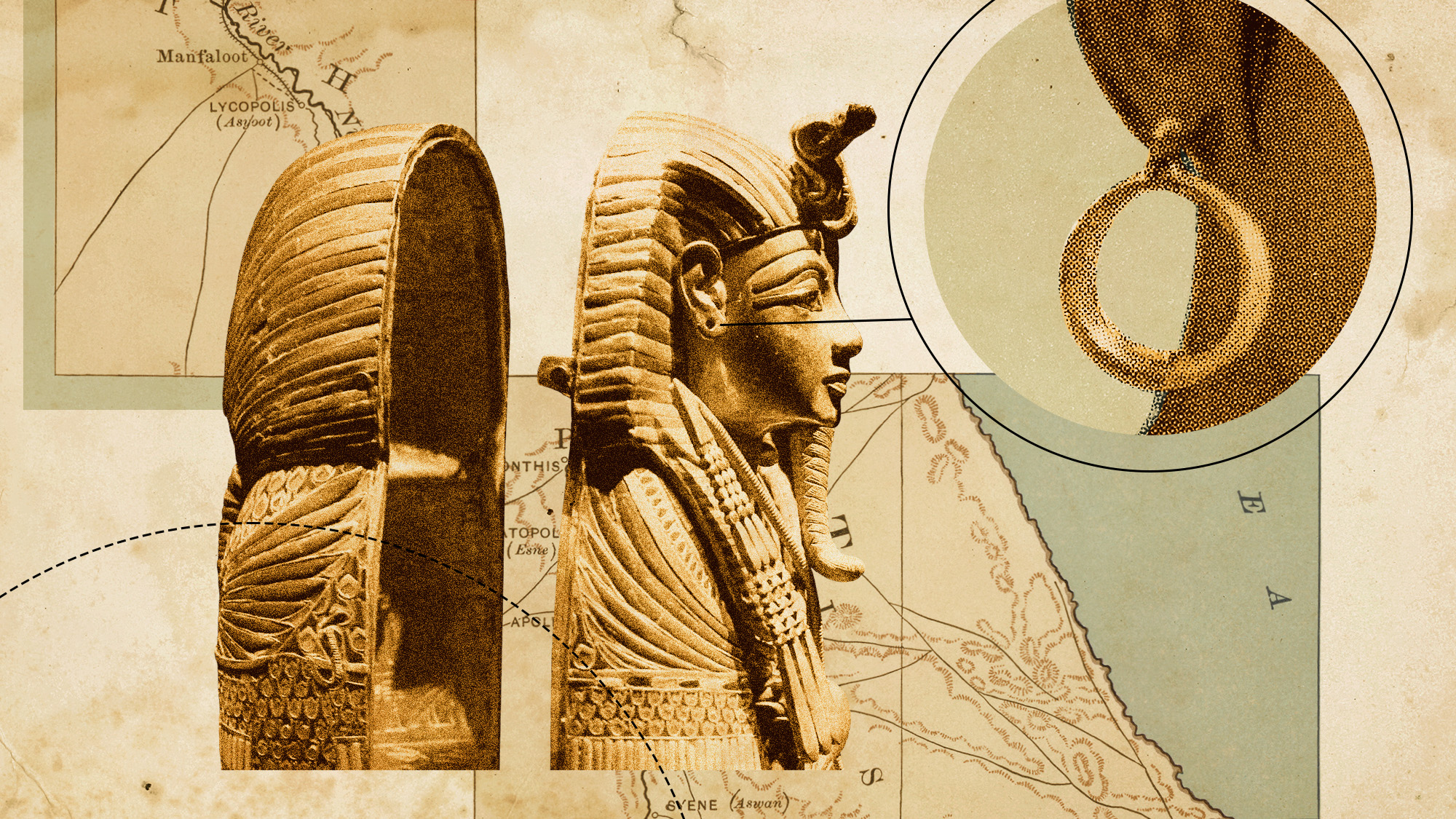
Ever since British archaeologist Howard Carter first peered into the tomb of ancient Egyptian pharaoh Tutankhamun, 100 years ago, the mystery of the boy king's death has captivated historians and amateurs alike.
That mystery recently "took another turn", said the Daily Express. Researchers propose that his eye-catching gold funerary mask may have been intended for someone else but the pharaoh's untimely death, less than 10 years after he ascended the throne aged 9, forced it to be quickly repurposed.
The earring holes on the mask suggest it may have been prepared for a "high-status" woman or child, according to the team at the University of York.
The Week
Escape your echo chamber. Get the facts behind the news, plus analysis from multiple perspectives.

Sign up for The Week's Free Newsletters
From our morning news briefing to a weekly Good News Newsletter, get the best of The Week delivered directly to your inbox.
From our morning news briefing to a weekly Good News Newsletter, get the best of The Week delivered directly to your inbox.
Two faces
Tutankhamun's death mask is "one of the most recognised images around the globe", said ArtNet. The artefact, "inlaid with a detailed mosaic of precious stones" and housed in Cairo's Grand Egyptian Museum, is "surely one of the world's most iconic objects" – and inextricably linked with the "Boy King".
But research suggests that the mask was intended for a "regal female burial" – perhaps Queen Nefertiti, his stepmother, who died before him. The theory "hinges" on the pierced ears.
The study puts forward the theory that the king "wouldn't have worn earrings beyond childhood", said Professor Joann Fletcher, in a documentary from 2022. When he died aged 20, he would "not have been portrayed with pierced ears". They were a "long-overlooked feature".
The gold used on his face is also "entirely different to the gold used on the rest of the mask". This suggests Tutankhamun's face was "effectively grafted on" to another mask of a previous, female ruler, said Fletcher, but the ears were left intact.
A free daily email with the biggest news stories of the day – and the best features from TheWeek.com
"I was sure the death mask was not specifically designed for King Tut," she said.
There are clues in the death mask about a "rushed" burial, said the Daily Mail. But archaeologists have also documented "blotches of paint" on the tomb wall, which point to it not having dried by the time the tomb was quickly sealed. The "lavish burial" was also much smaller than what would have been expected for such a pharaoh.
'No real basis'
The original burial place of Nefertiti has not yet been discovered but, in 2015, Egyptologist Aidan Dodson proposed that it lies behind a wall of Tutankhamun's tomb.
That would mean that the artefacts buried with her were "repurposed for Tutankhamun very early in his reign", Claire Isabella Gilmour, PhD candidate of archaeology at the University of Bristol, wrote in an article on The Conversation.
But remote-sensing investigations have since "debunked these claims". Analysis in the same year by a metal conservator showed the mask was made in two parts, but that was typical of how such masks were constructed. The analysis found "no trace of the face having been replaced". Other mummified kings also show pierced ears, so the ones on the gold mask "should come as no surprise".
I believe there is "no real basis for the York team's proposals", added Gilmour.
The fact there is such detailed debate proves that even a century after Tutankhamun's discovery, "the afterlife of the young king continues to inspire the public imagination and scholarship".
Harriet Marsden is a senior staff writer and podcast panellist for The Week, covering world news and writing the weekly Global Digest newsletter. Before joining the site in 2023, she was a freelance journalist for seven years, working for The Guardian, The Times and The Independent among others, and regularly appearing on radio shows. In 2021, she was awarded the “journalist-at-large” fellowship by the Local Trust charity, and spent a year travelling independently to some of England’s most deprived areas to write about community activism. She has a master’s in international journalism from City University, and has also worked in Bolivia, Colombia and Spain.
-
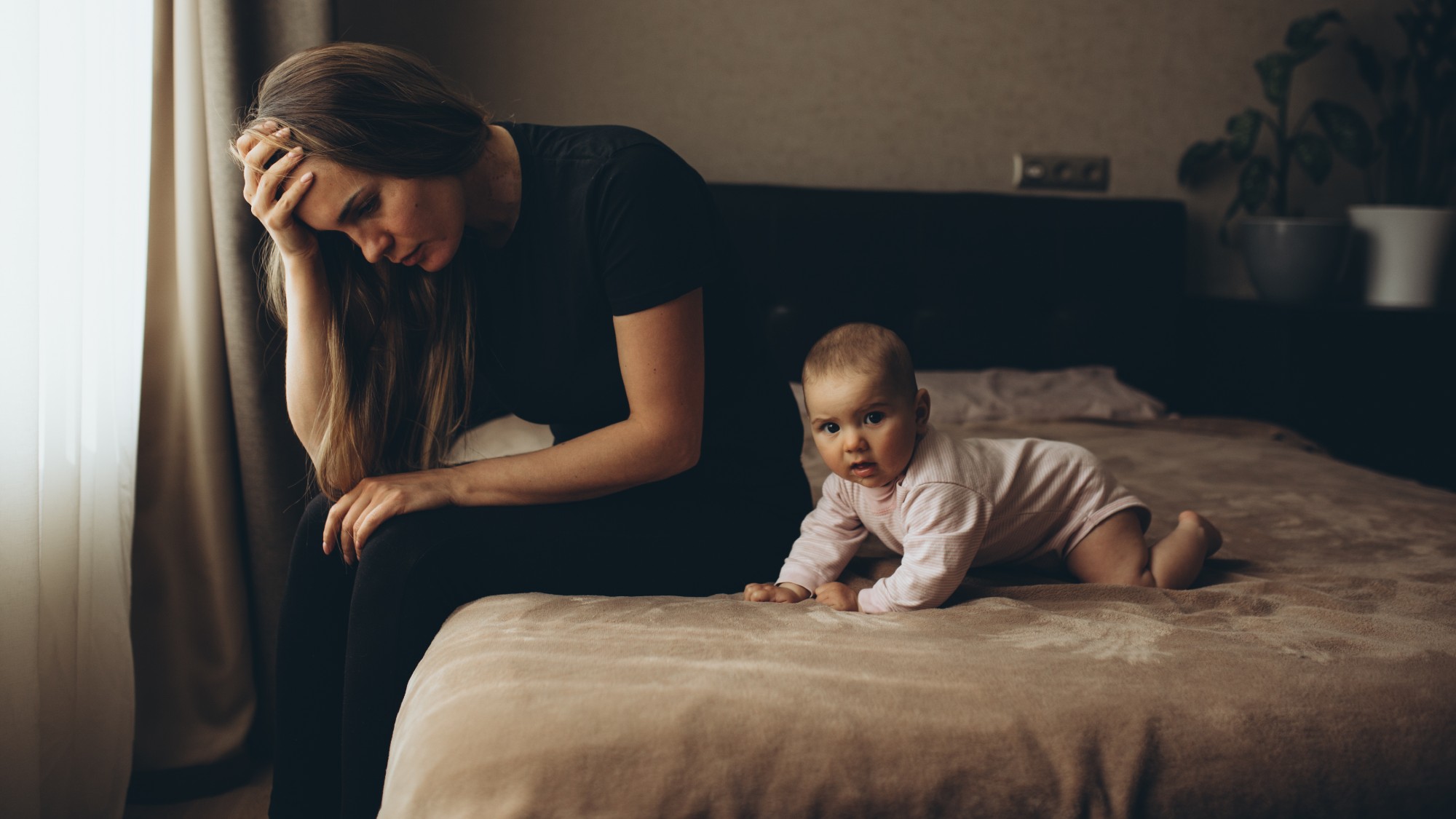 ‘Care fractures after birth’
‘Care fractures after birth’instant opinion Opinion, comment and editorials of the day
-
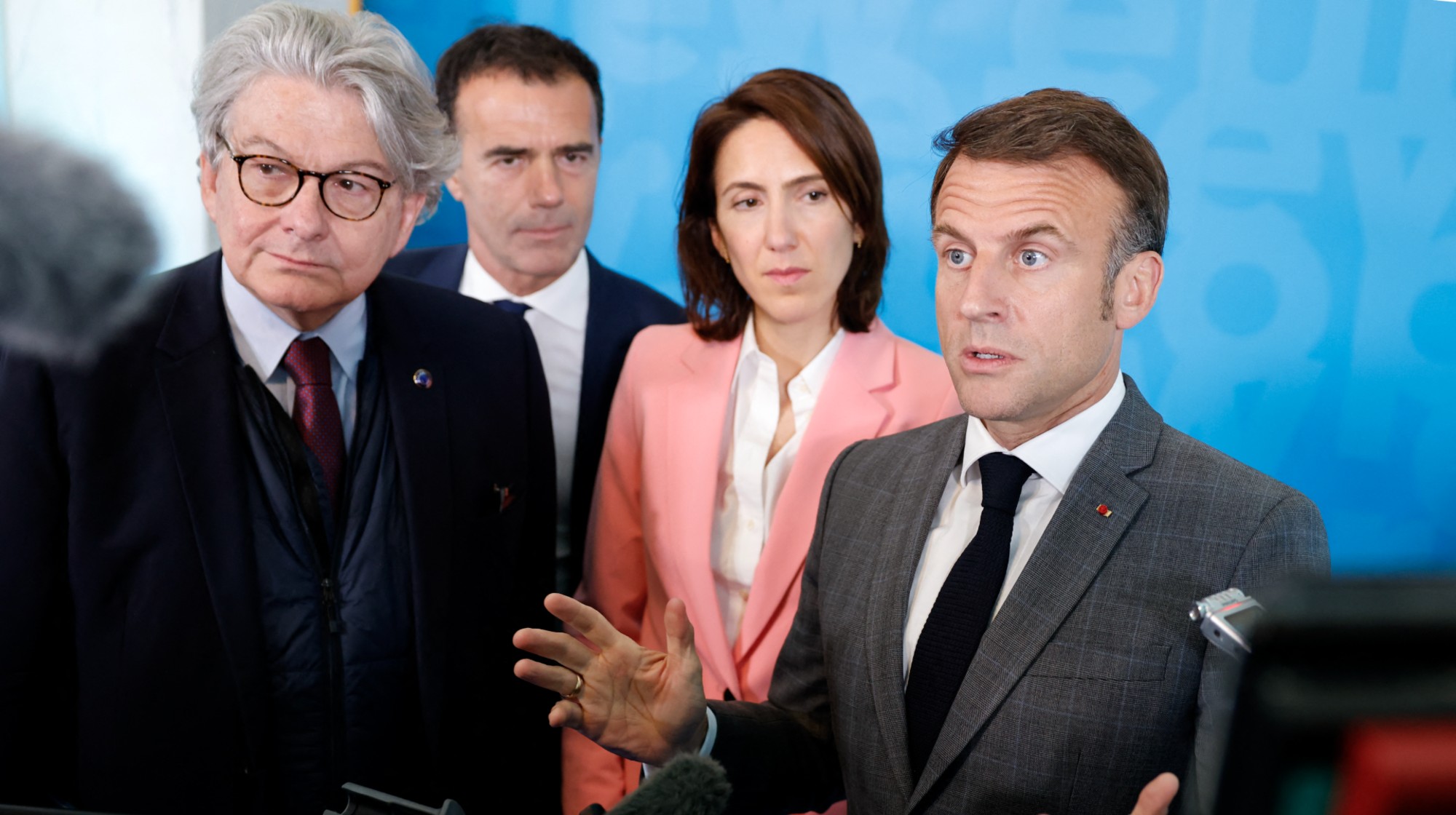 Shots fired in the US-EU war over digital censorship
Shots fired in the US-EU war over digital censorshipIN THE SPOTLIGHT The Trump administration risks opening a dangerous new front in the battle of real-world consequences for online action
-
 What will the US economy look like in 2026?
What will the US economy look like in 2026?Today’s Big Question Wall Street is bullish, but uncertain
-
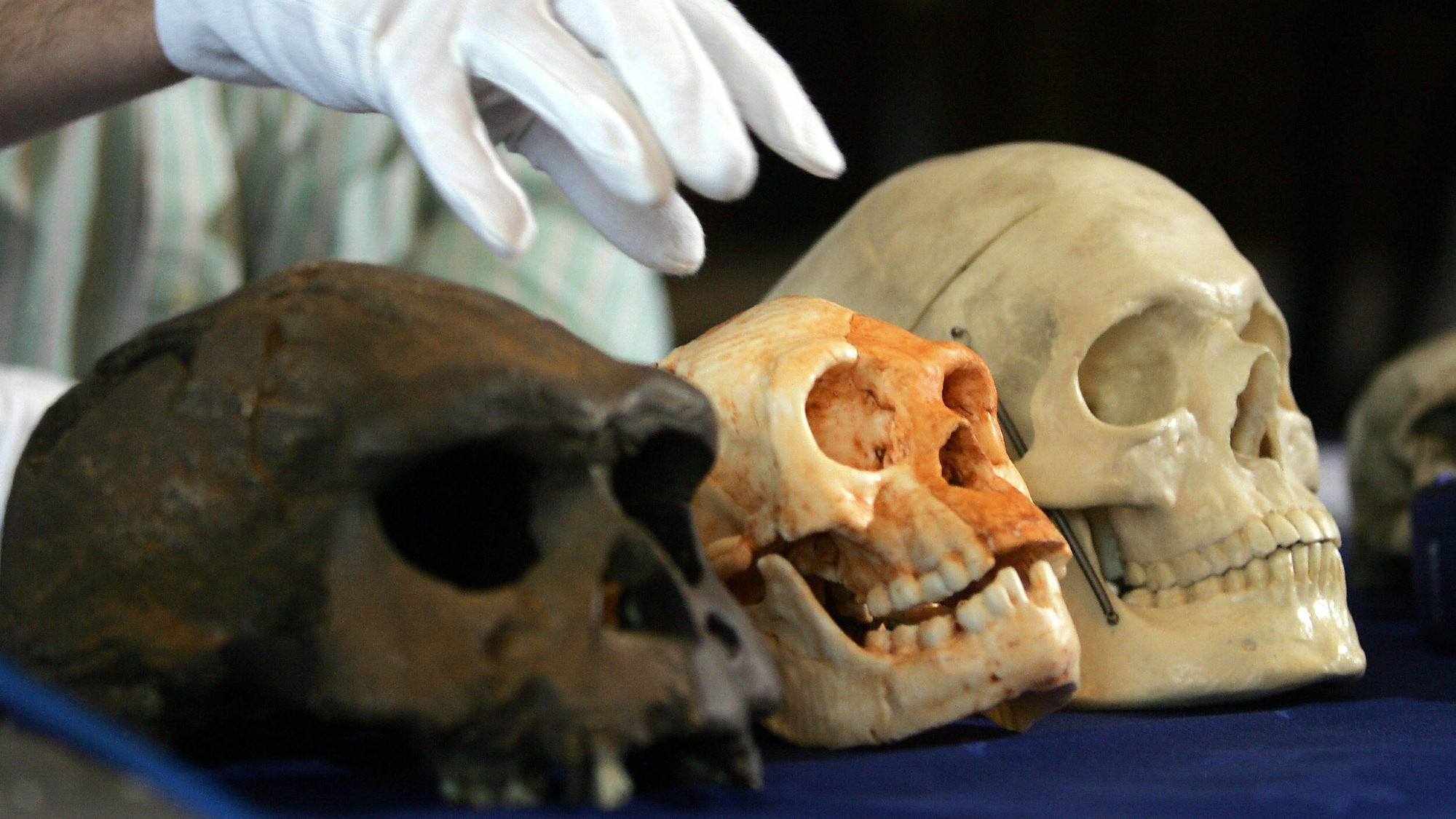 Homo floresiensis: Earth’s real-life ‘hobbits’
Homo floresiensis: Earth’s real-life ‘hobbits’Under the Radar New research suggests that ‘early human pioneers’ in Australia interbred with archaic species of hobbits at least 60,000 years ago
-
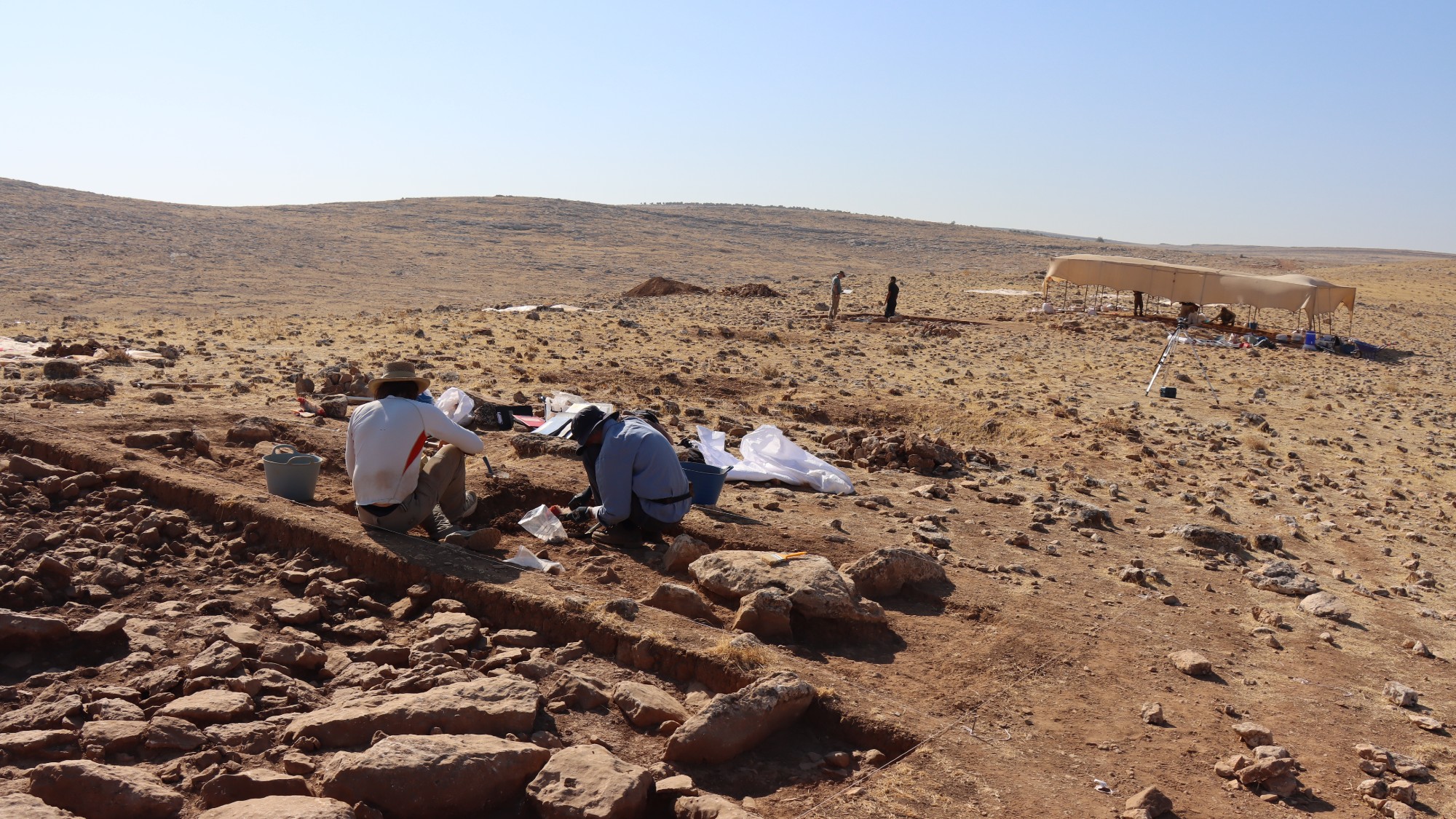 Mendik Tepe: the ancient site rewriting human history
Mendik Tepe: the ancient site rewriting human historyUnder The Radar Excavations of Neolithic site in Turkey suggest human settlements more than 12,000 years ago
-
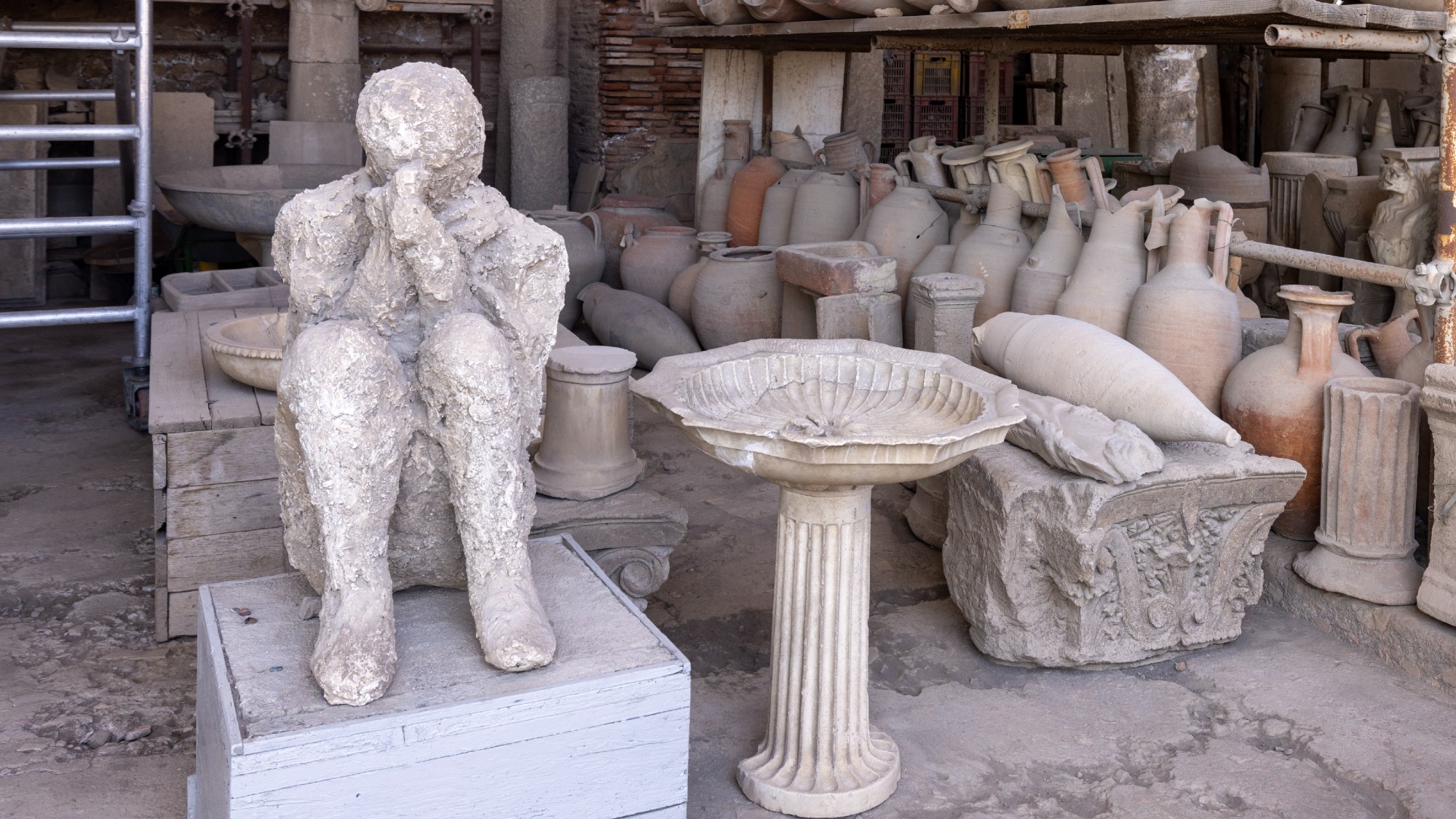 The seven strangest historical discoveries made in 2025
The seven strangest historical discoveries made in 2025The Explainer From prehistoric sunscreen to a brain that turned to glass, we've learned some surprising new facts about human history
-
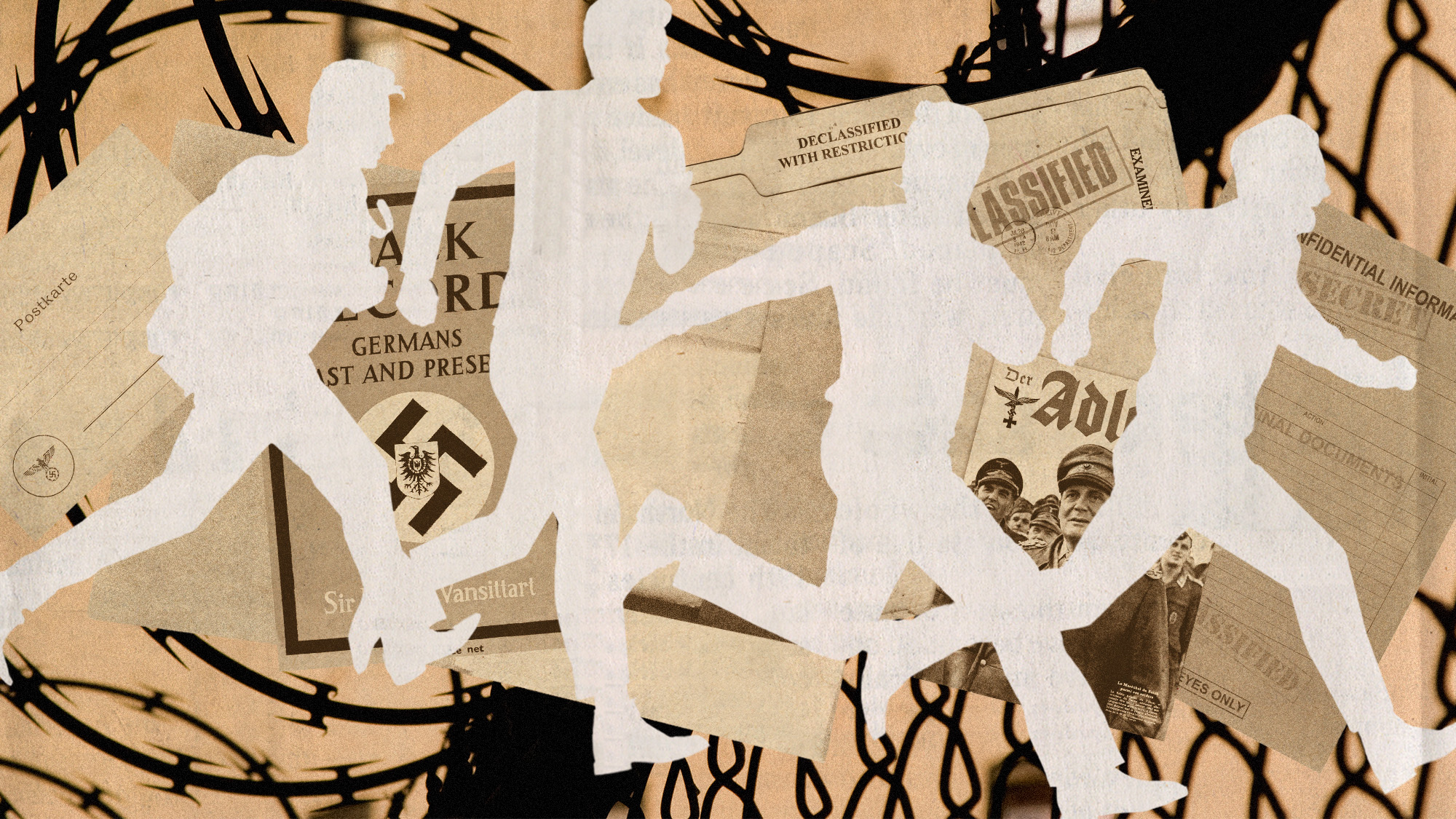 Argentina lifts veil on its past as a refuge for Nazis
Argentina lifts veil on its past as a refuge for NazisUnder the Radar President Javier Milei publishes documents detailing country's role as post-WW2 'haven' for Nazis, including Josef Mengele and Adolf Eichmann
-
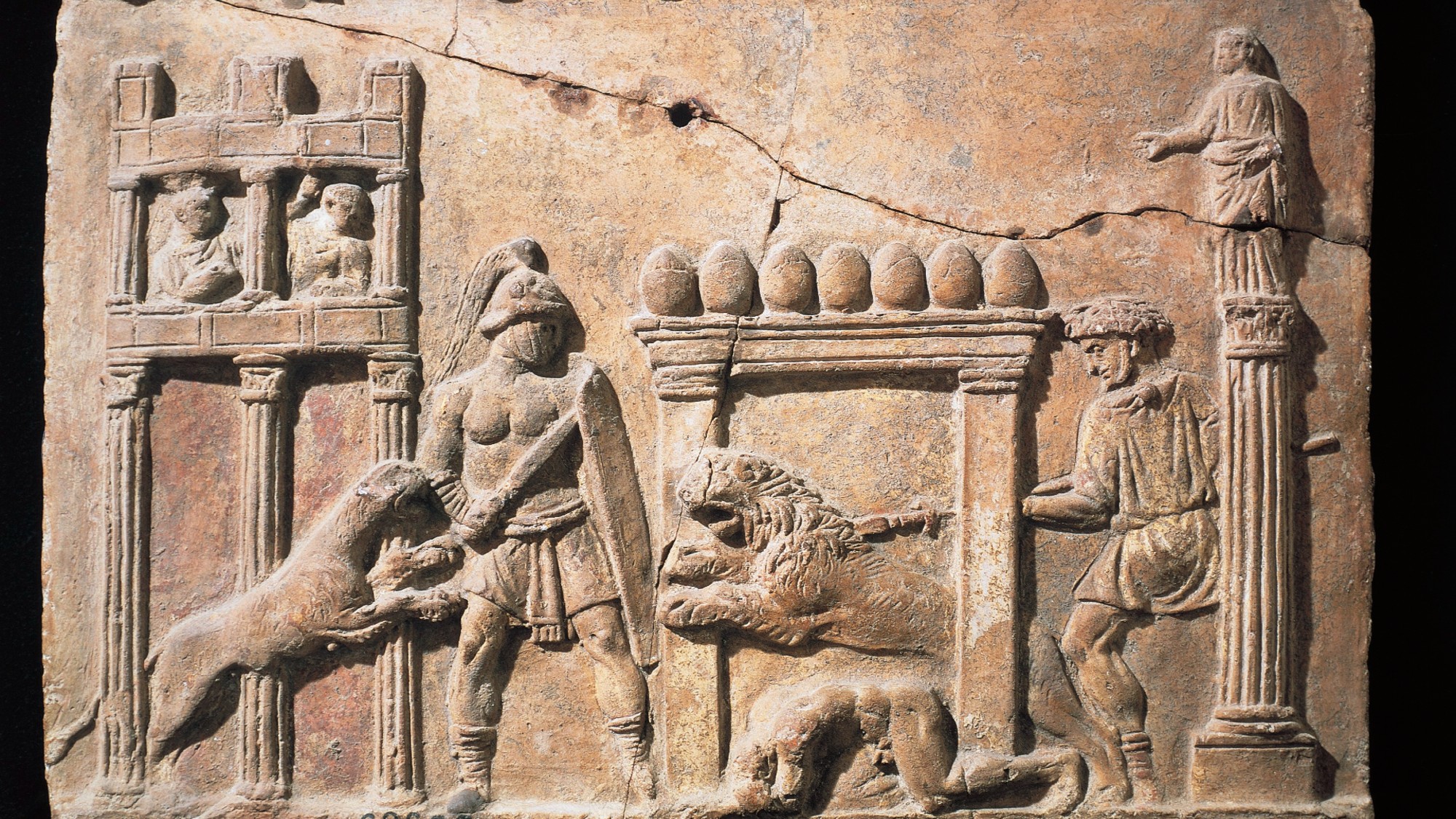 Scientists have found the first proof that ancient humans fought animals
Scientists have found the first proof that ancient humans fought animalsUnder the Radar A human skeleton definitively shows damage from a lion's bite
-
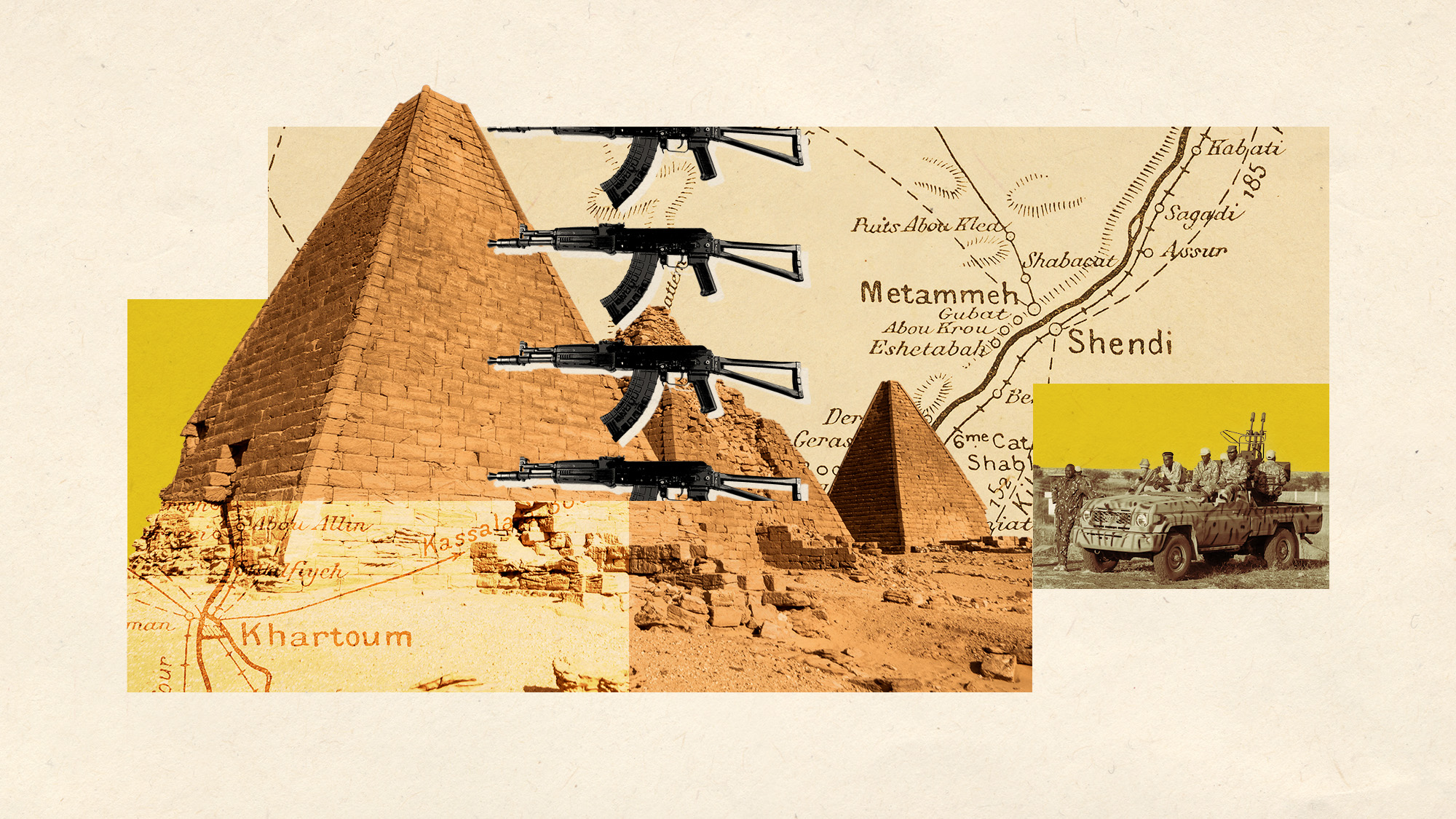 Sudan's forgotten pyramids
Sudan's forgotten pyramidsUnder the Radar Brutal civil war and widespread looting threatens African nation's ancient heritage
-
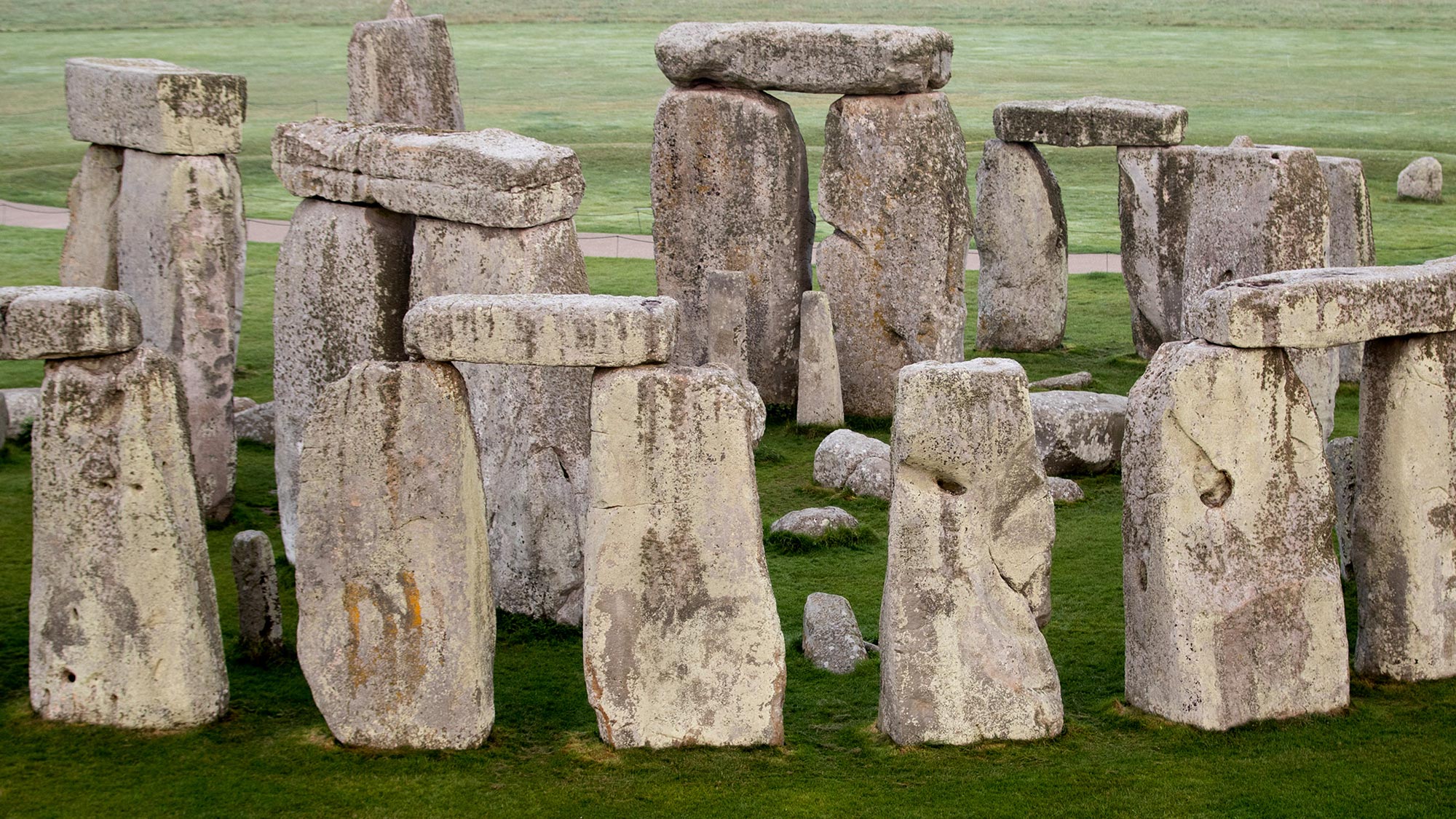 Stonehenge: a transformative discovery
Stonehenge: a transformative discoveryTalking Point Neolithic people travelled much further afield than previously thought to choose the famous landmark's central altar stone
-
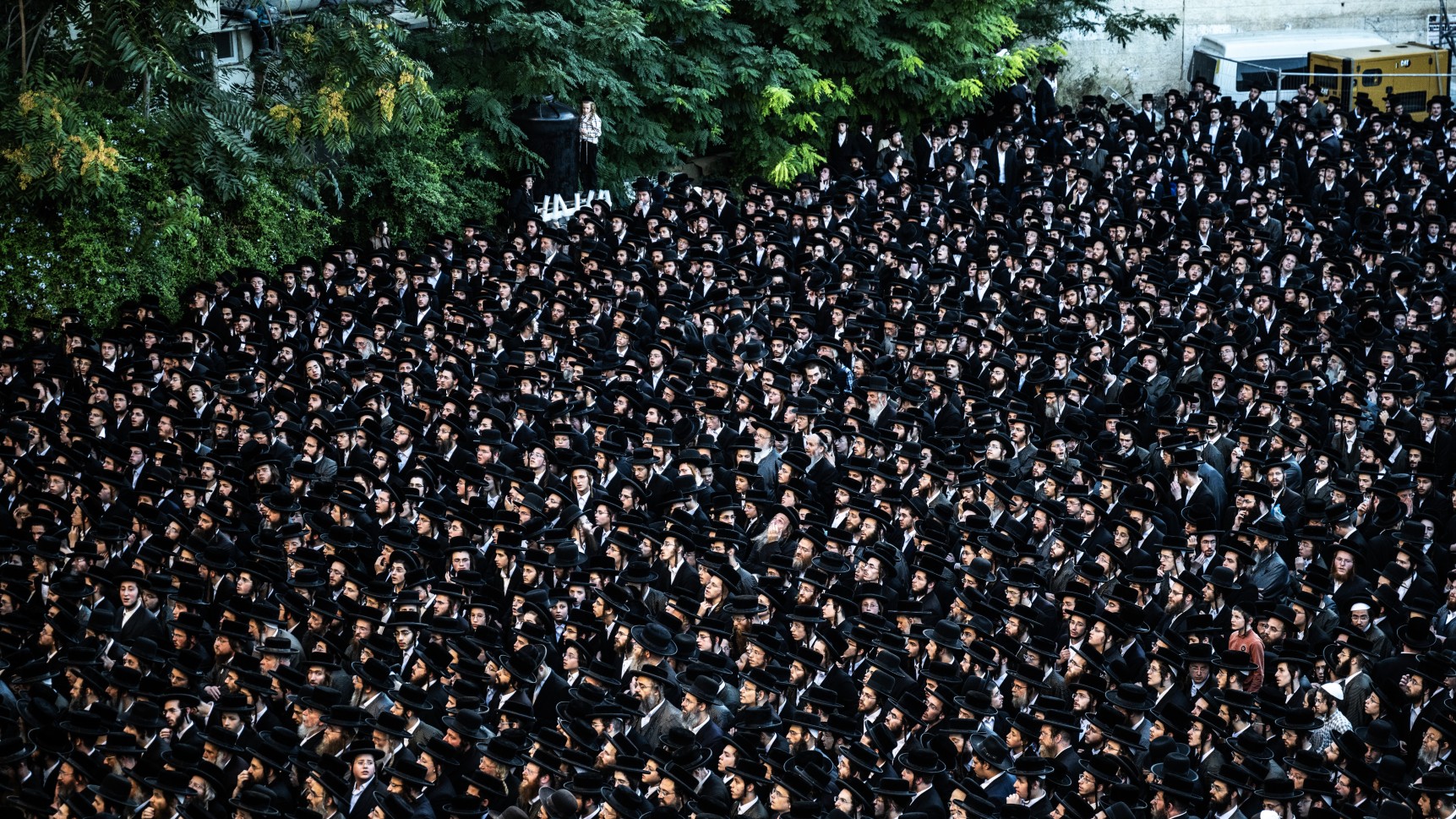 Haredim: Israel's ultra-Orthodox Jews now facing conscription
Haredim: Israel's ultra-Orthodox Jews now facing conscriptionThe Explainer Religious community pays few taxes, receives vast subsidies and has avoided military service, provoking ire of wider society